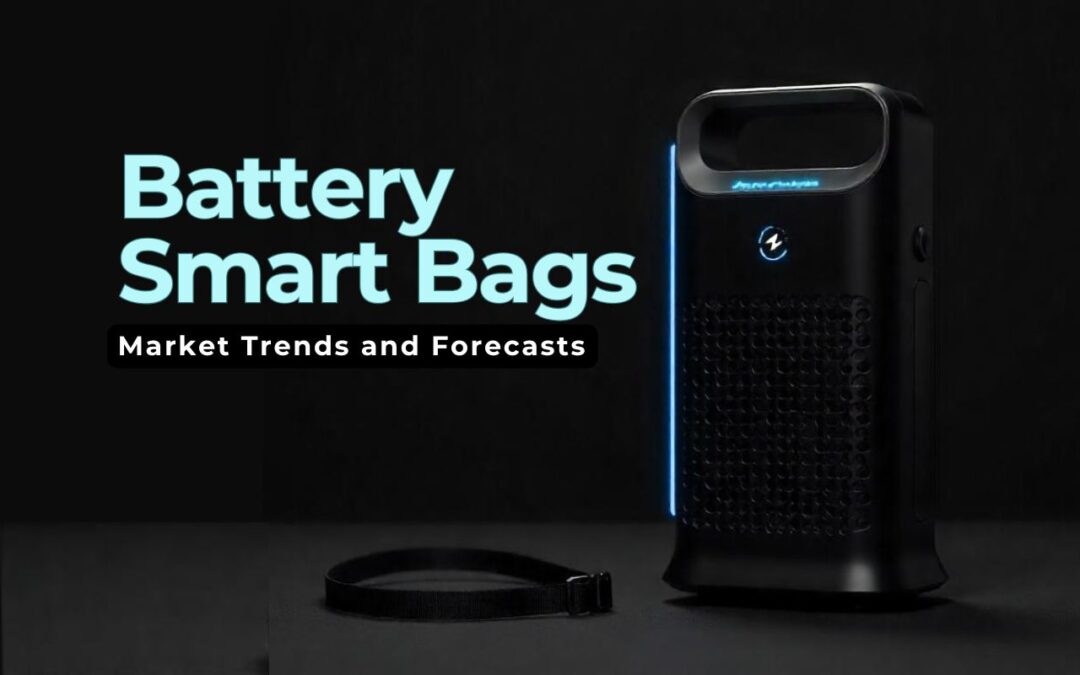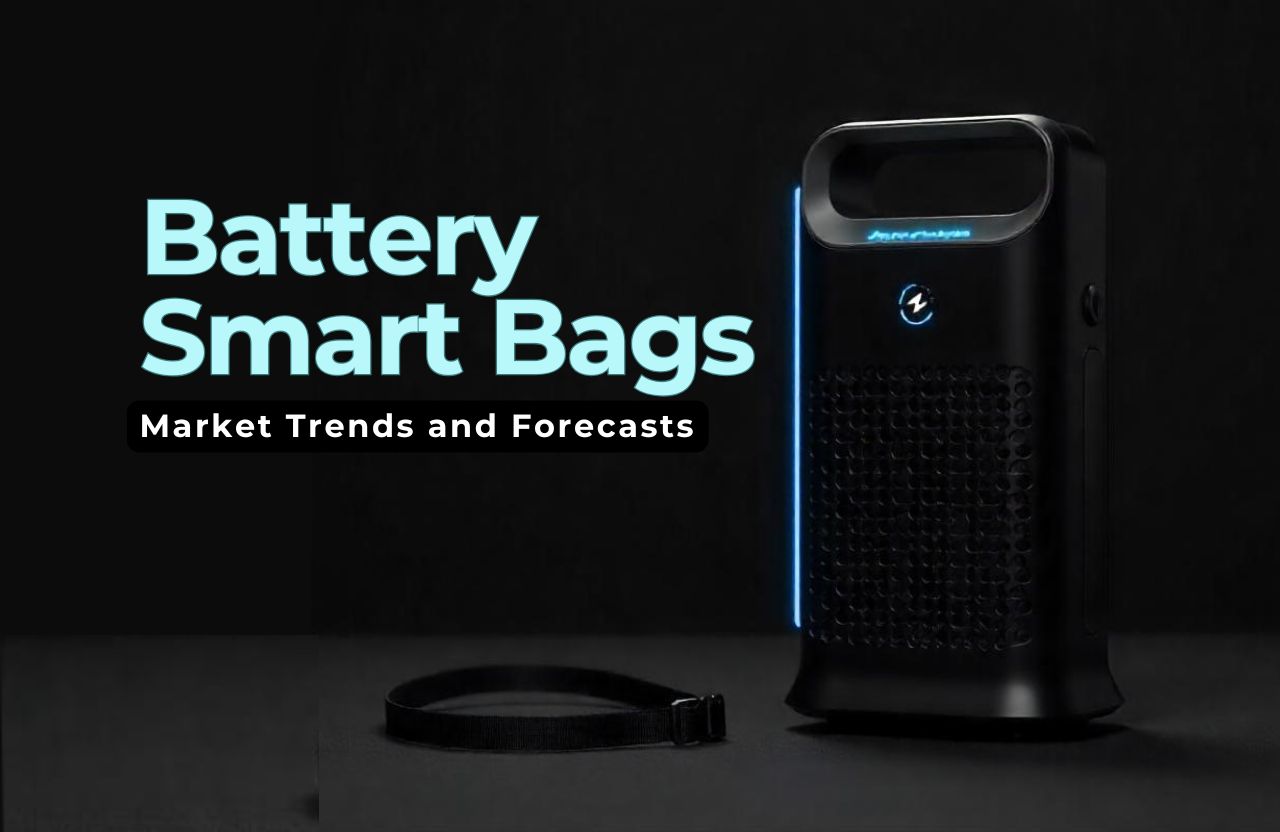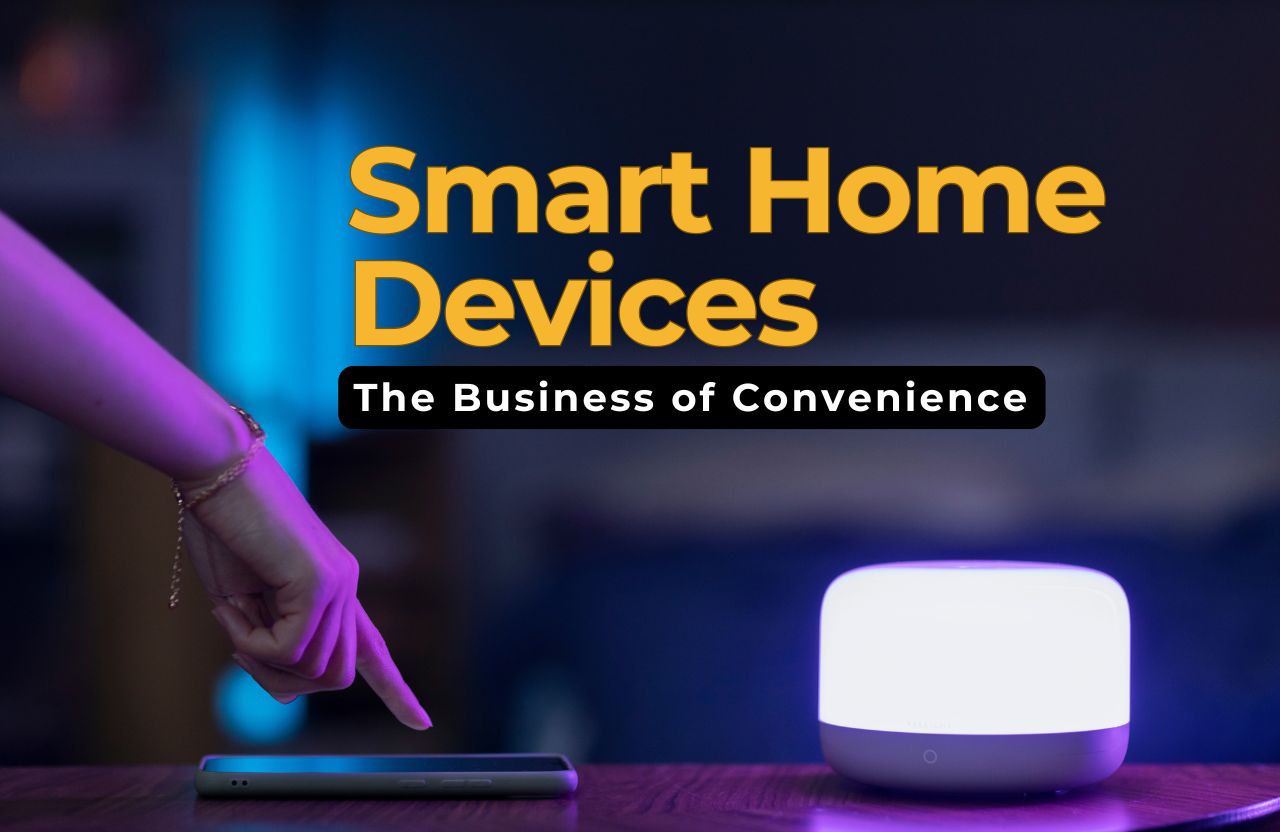When you pause to consider Battery Smart Bags, you may first think: what exactly sets them apart? But scratch the surface, and you’ll find a fascinating intersection of innovation, convenience, and practicality—one that’s captivating travelers, commuters, and the everyday gadgeteer alike. That’s why, today, we’re diving deep into the question of whether Battery Smart Bags are a smart investment. Ready to explore trends, forecasts, and consumer insights? Buckle up. Charge on. Let’s roll.
1. What Is a Battery Smart Bag?
At its core, a Battery Smart Bag is any bag (backpack, briefcase, suitcase) that integrates a power bank or a charging system. Think USB ports, maybe wireless charging pads, all nestled within your travel gear—essentially turning your bag into a portable power hub.
While the concept may sound futuristic, its roots are surprisingly simple: pocketed organizers met everyday life’s increasing power needs. As smartphones, tablets, portable speakers, headphones, and even wearables became essential, so too did the need to juice them up on the go. The result? Bags designed not just to carry devices, but to power them.
2. Why Have They Taken Off?
Let’s lean in and explore the fuel behind this surge.
a. We Carry More Devices
With each additional device, our dependency grows. From fitness trackers to e-readers, the average person now juggles at least 2–3 gadgets daily—and that doesn’t include wearables or even portable speakers.
Did you know? Around 85% of adults own a smartphone. About 50% own a tablet. Factor in earbuds, headphones, e-readers, and the picture becomes clearer: we’re digital, we’re mobile, and we’re often powerless.
b. Power Infrastructure Isn’t Always Powering You
Ever find yourself stranded at an airport lounge with no outlets in sight—or worse, charging ports stolen by opportunistic thieves? Embarrassing, if not downright inconvenient.
Battery Smart Bags fill that void—literally and figuratively—by offering a self-contained charging solution, anywhere, anytime.
c. On-the-Go Lifestyles Are the New Norm
Remote work, digital nomads, early morning gym brains—these aren’t fringe groups anymore. They’re mainstream. And with them rises the desire to stay powered in cafés, co‑working spaces, or even on trains.
d. Rising Disposable Income in Emerging Markets
Here’s a key point often overlooked: The fastest-growing mobile and gadget market is now outside of traditional tech hubs like the US or Europe. But many emerging markets still lack ubiquitous charging infrastructure, making battery-equipped bags a timely luxury.
3. The Market Story So Far
To see where Battery Smart Bags are headed, it helps to retrace their journey.
a. Early Adoption and Niches
In the early 2010s, niche-savvy travelers and gadget lovers were among the first to warm to the concept. Marketplace offerings were limited—often bulky, sometimes heavy—yet ahead of their time in idea.
b. Maturation Stage
By the mid‑2010s, improved battery cells, sleeker power banks, and better integration allowed for more elegant designs. The tech matured from “neat novelty” into “worthwhile purchase.”
c. Consumer Multiplicity
Today, these bags show up in everyday life: in metro commutes, campus hallways, and airport terminals. They’ve broken through their niche, entering mainstream e-commerce and retail shelves worldwide.
Online, Amazon search volumes for “charging backpack” and “power bank bag” have soared nearly 300% in the past 5 years. Meanwhile, in emerging regions, tech-savvy consumers are looking to buy gadgets they can rely on—not just for function, but for status.
4. Current Market Size & Growth Trajectory
Estimates vary—but here’s the big picture:
- Global wearable tech (which often competes for the same portable-power-conscious consumer) is valued in the tens of billions. Battery Smart Bags, though smaller in total market size, are part of that ecosystem.
- Market reports show that power bank sales alone surpassed $10 billion in 2024, growing at 6–8% annually.
- A fair assumption: Battery Smart Bags, riding the “mobility + power” wave, might be a mid-to-low single-digit share of that market today, but growing steadily.
Picture a compound annual growth rate (CAGR) in the 10–15% range across the next 5 years—not linear, but driven by design innovations and lifestyle demands.
5. What’s Powering the Growth (Pun Intended)
a. Advances in Battery Tech
Battery density, longevity, and safety have all improved. This allows bags to include power cells without making them excessively heavy or dangerous.
b. Regulatory-Friendly Design
Li-ion safety regulations—particularly around aviation—are now clearer. Forward-thinking bag brands design for compliance, ensuring users can travel without hassle.
c. Design Diversity
It’s not just bulky big-packs anymore. Slim commuter bags, sleek laptop sleeves, even crossbody styles with hidden batteries—there’s now room for personal preference.
d. Sustainability Push
Some suppliers are using recycled plastic or refusal-of-plastics production for bag bodies—appealing to eco-conscious consumers who also want upgraded tech.
e. Brand Partnerships with Tech Firms
Collabs between accessory innovators and power-bank specialists have lifted credibility and thrust product quality forward—though I promised not to name-drop, but rest assured these are happening.
6. What Consumers Actually Think
We live in an age of reviews, user feedback, and shared opinions. Here’s what buyers are saying:
- “It saved me so many times at the airport.” Occasional but emphatic sentiment found in travel-happy communities.
- “Slim, yet somehow heavier than expected.” A recurring caveat: even small battery packs add weight. A simple charger-plus-cable bag might be lighter—but won’t win you an empty-seat or joke about it.
- “Wish the pocket layout was more intuitive.” Some telltale UX foibles, though design has improved remarkably in 2024 vs. 2019.
- “Joy of not hunting for outlets.” This one’s consistent across reviewers, regardless of bag type. Yes, there’s still a thrill when you hit 80% and you’re not plugged in.
In short: users love the convenience, but still note some design and weight trade‑offs.
7. Forecasting the Next Decade
a. Market Expansion
As long as mobile-device ownership climbs—and we’re trending that way—demand for self-charging bags will grow. Expect penetration in categories like business commute, student gear, even certain sports and adventure contexts.
b. Better Integration
Wireless (Qi) charging in bag surfaces may hit a sweet spot soon. Toss your AirPods or phone onto a pocket surface and let it charge—without fumbling with cables.
c. Removable & Modular Systems
Some consumers balk at outdated tech inside a bag when their phone or power bank changes. Modular removable battery “cores” built into bags could be the next big thing.
d. Room for Accessories
Integrated solar panels might find niche use—especially in travelers or remote professionals. Not mainstream yet, but innovation often follows demand spikes in unexpected places.
e. Sustainability Meld
Legitimizing eco‑friendly production can be a differentiator. Imagine bags made from recycled ocean plastic that charge your phone.
8. Potential Challenges
A bright future doesn’t come without shadows. Key concerns:
a. Weight & Bulk
Even when thin, battery-equipped bags weigh in heavier—this remains a top user complaint.
b. Price Sensitivity
Expect bags with integrated charging to carry a 20–50% premium over non-tech versions. Budget-conscious consumers may sidestep them.
c. Battery Safety & Regulations
Wrongly made lithium packs can heat up or trigger airline restrictions. Not worth the risk—quality control matters a ton.
d. Redundancy Risk
If a user already carries a standalone power bank, they may not need an integrated version—especially if it’s not removable or replaceable.
e. Environmental Footprint
Lithium batteries are recyclable, but integration with fabric complicates shredding at end of life, unless manufacturers offer clear recycling programs.
9. Who’s Winning, Who Needs to Catch Up
Ideal Audiences
- Business Travelers: Always sprinting from meeting to terminal.
- Commuters: Balancing laptops, podcasts, portable coffee machines, and staying powered.
- Students: Campus life rarely offers endless charging slots—and the carry/mobility pattern is varied.
- Remote & Freelance Workers: Charging on park benches, beach-side cafés, or living-room corners.
- Outdoor Aficionados: Battery‑augmented sports backpacks for extended days in the field.
Less Ideal
- Minimalists: Those aiming to carry less might see integrated batteries as a burden.
- Budget Shoppers: Premium integration may not justify cost for some.
- Frequent Upgraders: If batteries are non‑modular, your bag ages faster than your cells.
10. The Numbers Behind This Trend
Here are some compelling stats to help you connect the dots:
- Global power bank market: ~$10B+ and growing at 6–8% CAGR (2024)
- Mobile device ownership: ~85% adults have smartphones; ~50% use tablets
- Travel charging incidents: One consumer survey found 67% of frequent flyers cite “lack of power outlets” as a major travel frustration
Combine those—and you begin to see why battery-integrated gear isn’t just a novelty—it scratches a real itch.
11. So—Are Battery Smart Bags a Smart Investment?
In short: yes, for the right user—and with some caveats.
Pros
- Always-on power, no scramble for outlets.
- Smart convenience—one-go gadget storage and charging.
- Streamlined tech—no more loose cords, misplaced packs.
- Status + utility—smart bags are aesthetically and functionally appealing.
Cons
- Added weight—extra battery isn’t featherlight.
- Premium pricing—expect a noticeable cost jump.
- Potential obsolescence—as cell capacity rises, bag becomes obsolete sooner.
- Environmental concerns—non‑modular designs may shorten bag lifespan.
12. Tips to Choose or Invest Wisely
a. Know Your Needs
City commuter? Business traveler? Student jockeying between classes? Choose design accordingly. You might prefer slim for transit, or rugged for outdoors.
b. Check Battery Specs
- 10,000–20,000 mAh is typical.
- 18W+ fast-charging via USB-C is ideal.
- Be sure it’s compliant with travel regulations—markings matter.
c. Go Modular If Possible
Removable batteries allow upgrades, replacements, and compliance (e.g. airline cabin carry).
d. Evaluate Organizational Design
Hidden pockets, water bottle holders, laptop sleeves—does the layout match your daily use?
e. Spot Durability & Comfort
Lightweight materials are great—but not at the expense of durability. Padded straps, reliable zippers, and weather resistance count.
f. Relook at Price vs. Integrated Power Bank
Compare your cost: Would buying a removable power bank + regular bag be cheaper—or just more hassle?
13. Two Hypothetical Lived-Out Scenarios
Let’s make this real.
Case Study 1: The Commuter in a Metro City
Your briefcase carries a tablet, phone, e-tixes, sometimes lunch and water. Between stops, you want top-up fast-charging. You choose a slim commuter bag with 10,000 mAh battery, USB-C, and weight under 1.6 kg. You make powered calls, stream podcasts, and never reach dead-battery panic at 5 pm.
Benefit Payoff: That bag becomes a productivity tool.
Case Study 2: The Weekend Trekker
You head off-grid on weekends. Your phone’s GPS, e-reader, headlamp, Bluetooth speakers—all need power. You choose a rugged backpack with 20,000 mAh battery, solar recharge, and heavy-duty fabric. Bulkier, yes—but in return: longer hikes, no grid-dependency.
Benefit Payoff: Your mobility stays powered, far from outlets.
14. Looking Ahead: The Next Five Years
Here’s how things may align:
- Integration of wireless and solar charging—no cables, eco-friendly add-ons.
- Lightweight solid-state-like designs—lighter, safer, better capacity.
- Modular batteries standardize—easy swap, sustainable product lifecycle.
- Smart fabrics—bag itself may signal battery status, heat or cool your gadgets, or pair with smart assistants.
- Localized production boom—bags made closer to emerging markets will cut costs, open availability.
15. Final Takeaway: Should You Invest?
Yes—if your lifestyle aligns with the value.
- Commuter? Yes.
- Frequent Traveler? Definitely.
- Student or Remote Worker? Probably.
- Outdoor Adventurer? Possibly—with specialized packs.
- Minimalist or Ultra-Light Traveler? Not unless the integration doesn’t add bulk.
Ultimately, Battery Smart Bags land at the intersection of enhanced function and thoughtful design. They’re not just “bags”—they’re mobility kits, supporting our always-on digital existence.
If you see yourself recharging at airports, co-working lounges, coffee shops, or nature trails, a Battery Smart Bag isn’t just convenient—it’s empowering. Just be sure to choose the right specs, ensure compliance, and be okay with the added weight and eco considerations.













